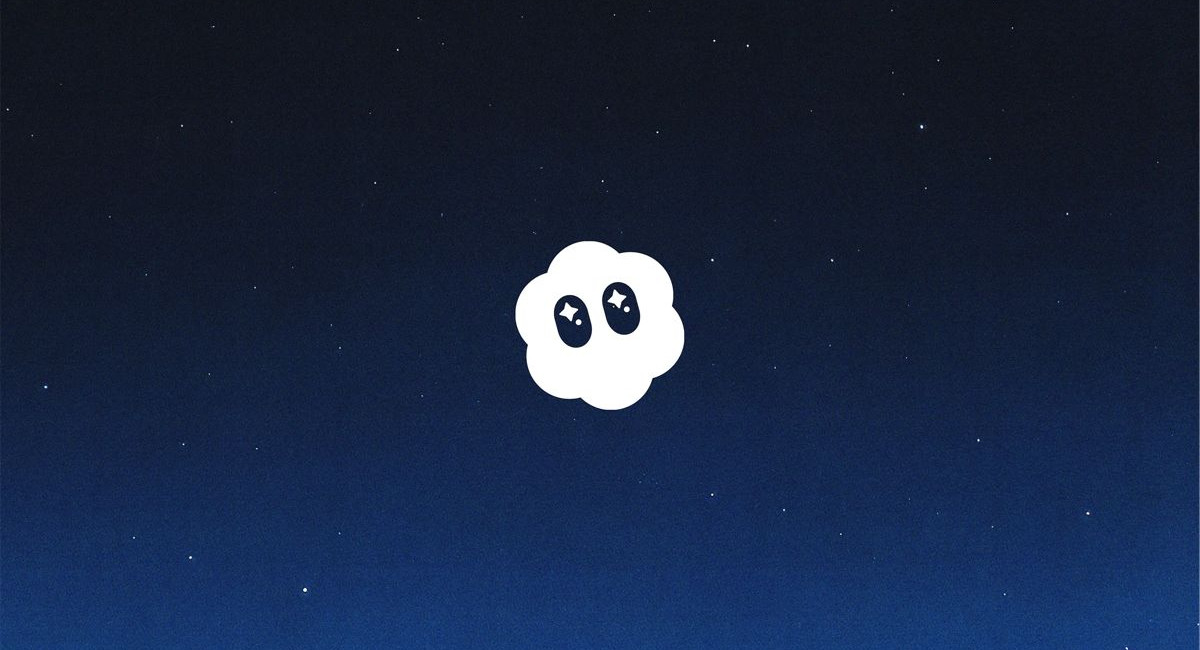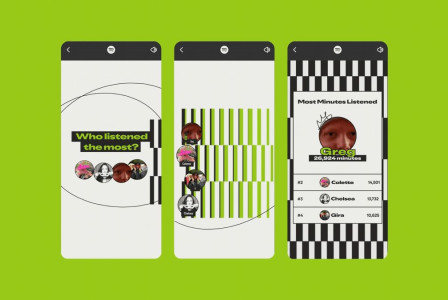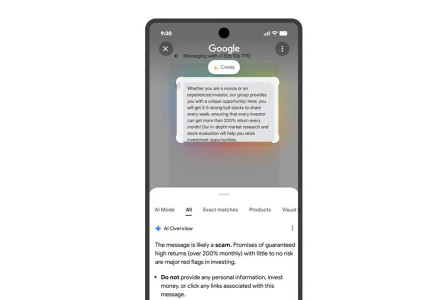SEARCH
OpenAI pushes Video AI forward with Sora 2 and a new iOS app

SHARE IT
OpenAI has taken another decisive step into the rapidly evolving world of AI-powered media with the release of Sora 2, its most advanced video and audio generation model yet. Alongside the model, the company has also introduced a brand-new iOS application designed to let users create, remix, and share AI-generated video content in ways that feel both playful and groundbreaking.
The launch of Sora 2 comes only 10 months after the debut of the original Sora, which OpenAI famously described as the “GPT-1 moment for video.” With this second iteration, the company claims the field is entering its “GPT-3.5 moment”—a significant leap toward realism, controllability, and creative utility.
At its core, Sora 2 is designed to overcome the flaws of earlier video generation systems, which often failed to replicate the physical rules of the real world. Prior models had a tendency to bend or ignore the laws of physics, producing awkward or impossible scenarios—like basketballs magically teleporting into hoops after missed shots. Sora 2, by contrast, can handle nuanced dynamics such as the subtle motion of buoyancy during a paddleboarding stunt, or the precise balance and momentum involved in Olympic-level gymnastics routines. Even triple axels performed by digital skaters are rendered with convincing attention to physical accuracy.
Perhaps more striking is Sora 2’s ability to model failure realistically. Instead of always showing picture-perfect outcomes, it can simulate the missteps, stumbles, and imperfections that make video scenes feel human and authentic. This emphasis on believable error is being framed by OpenAI as a milestone on the path toward genuine world simulation.
Another defining feature of Sora 2 is its high level of controllability. Unlike its predecessor, this version can follow multi-shot instructions, ensuring that continuity and logical consistency are preserved across longer video sequences. This makes it far more useful for storytelling, as it allows creators to design entire scenes instead of isolated clips.
The model also supports a wide range of visual aesthetics—from lifelike realism to cinematic sequences to anime-inspired styles. By blending this stylistic flexibility with advanced physics and sound synchronization, OpenAI is positioning Sora 2 not just as a technical upgrade, but as a tool capable of serving creators across film, animation, advertising, and gaming industries.
Among the new features, one stands out as particularly innovative: the ability to insert real-world elements into AI-generated environments through “cameos.” By uploading a short video or audio sample, users can place digital versions of themselves, their friends, or even objects into any Sora-created scene. This opens the door to highly personalized storytelling, where a user’s likeness can appear in fantastical environments or cinematic scenarios with minimal effort.
To accompany the release of Sora 2, OpenAI has launched a dedicated iOS app. The app goes beyond serving as a simple creation tool; it is designed as a collaborative platform where users can remix each other’s videos and share cameos across generated content.
Central to the app is a feed of AI-generated videos. Unlike traditional social media platforms that often encourage endless scrolling, OpenAI insists that its focus is on creation over consumption. The company has acknowledged concerns around digital addiction, isolation, and algorithmic manipulation, and says it has taken steps to avoid those pitfalls.
According to OpenAI, the Sora app employs AI-driven recommendation systems that can be customized using natural language instructions. This means users can shape the type of content they want to see rather than being locked into opaque algorithms.
There are also safeguards built in to protect well-being. The app includes features like mental health check-ins and adjustable feed settings. Teen users face automatic limits on screen time and content consumption, while parents can take advantage of ChatGPT-powered parental controls to set boundaries and manage what younger audiences can access.
The Sora app is available for download on iOS, though access is invite-based. Users can sign up and will be notified once their invitation is approved. Early adopters will be able to try Sora 2 for free during the rollout, directly through the app and on OpenAI’s website.
For those already subscribed to ChatGPT Pro, additional perks await. Pro users gain access to Sora 2 Pro—a higher-quality version of the model—alongside the previously introduced Sora 1 Turbo. OpenAI has also confirmed that API access for Sora 2 is on the way, signaling plans to expand its reach into developer tools and enterprise applications.
MORE NEWS FOR YOU

 Help & Support
Help & Support 

